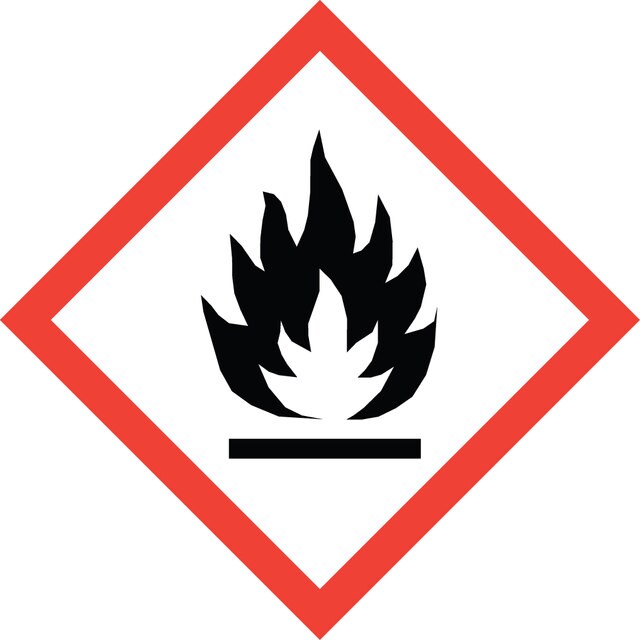Select a Size
$42.70
$63.40
$90.50
$142.00
$333.00
$42.70
Available to ship TODAYDetails
About This Item
RNA extraction: suitable
44 mmHg ( 25 °C)
Skip To
Product Name
2-Propanol, BioReagent, ≥99.5%, Molecular Biology
grade
Molecular Biology
Quality Level
vapor density
2.1 (vs air)
vapor pressure
33 mmHg ( 20 °C)
44 mmHg ( 25 °C)
product line
BioReagent
assay
≥99.5%
form
liquid
autoignition temp.
750 °F
expl. lim.
2.0-12.7 %, 93 °C
technique(s)
DNA extraction: suitable
RNA extraction: suitable
impurities
≤0.2% water
water
color
colorless
refractive index
n20/D 1.377 (lit.)
bp
82 °C (lit.)
mp
−89.5 °C (lit.)
solubility
water: soluble (completely)
density
0.785 g/mL at 25 °C (lit.)
suitability
suitable for precipitation of nucleic acids
storage temp.
room temp
SMILES string
CC(C)O
InChI
1S/C3H8O/c1-3(2)4/h3-4H,1-2H3
InChI key
KFZMGEQAYNKOFK-UHFFFAOYSA-N
Looking for similar products? Visit Product Comparison Guide
1 of 4
This Item | 59304 | 1.01040 | 1.13350 |
|---|---|---|---|
| Quality Level 200 | Quality Level 200 | Quality Level 100 | Quality Level 200 |
| technique(s) DNA extraction: suitable, RNA extraction: suitable | technique(s) DNA extraction: suitable, RNA extraction: suitable | technique(s) HPLC: suitable | technique(s) - |
| grade for molecular biology | grade for molecular biology | grade - | grade - |
| assay ≥99.5% | assay ≥99.5% (GC) | assay ≥99.9% (GC) | assay ≥99.8% (GC) |
| solubility water: soluble (completely) | solubility water: soluble (completely) | solubility - | solubility - |
| form liquid | form liquid | form liquid | form liquid |
General description
Protocols for the use of isopropanol:
Application
Suitable for use in DNA precipitation using standard protocols. Also suitable as a solvent for making solutions for molecular biology applications.
signalword
Danger
hcodes
Hazard Classifications
Eye Irrit. 2 - Flam. Liq. 2 - STOT SE 3
target_organs
Central nervous system
Storage Class
3 - Flammable liquids
wgk_germany
WGK 1
flash_point_f
53.6 °F - closed cup
flash_point_c
12.0 °C - closed cup
ppe
Eyeshields, Faceshields, Gloves, type ABEK (EN14387) respirator filter
Choose from one of the most recent versions:
Already Own This Product?
Find documentation for the products that you have recently purchased in the Document Library.
Articles
SeqPlex™-I WTA kit amplifies RNA for NGS, enabling genomic studies from limited samples.
Protocols
Preparation of Plasmid DNA by Alkaline Lysis with SDS: Maxipreparation between Cold Spring Harbor Laboratory Press and our research team.
Method for purification, reverse transcription and quantitative PCR for MicroRNAs using Mysticq reagents
Procedure and protocol for Anti Ago-RNA Immunoprecipitation from mammalian cells using the RIP kit
TRI Reagent enables simultaneous DNA, RNA, and protein isolation with sample prep guidelines and troubleshooting.
Related Content
Isopropanol is a polar organic solvent that is widely used in chemistry, biochemistry and molecular biology
KOD One™ PCR Master Mix overview for ultra-fast PCR with high specificity, fidelity, and yield
Active Filters
Our team of scientists has experience in all areas of research including Life Science, Material Science, Chemical Synthesis, Chromatography, Analytical and many others.
Contact Technical Service

